Edible Flowers in the Philippines: Benefits and How You Can Eat Them

Floral centerpieces on the table are a classic. However, flowers can sometimes show up on your plate, too. Recently, Village Pipol Magazine went on a three-day trip with the Department of Tourism’s Calabarzon office. The trip revolved around having a farm-to-table experience. We visited at least nine farms to show off unique ways of cooking and serving food from organic crops at farm tourist sites. During this trip, we were introduced to edible flowers around the region of Calabarzon.
Edible Flowers in the Philippines: Benefits and How You Can Eat Them
Marigold
You can use golden marigold flower petals and dark green leaves in culinary applications. The petals add a vibrant pop of color to various dishes. Of course, this includes cakes, soups, stews, braises, and grilled meats. The first time I encountered a marigold from a culinary point of view is in a calendula tea.
Calendula is a flowering plant also known as pot marigold. All you need to do is to steep the flowers in boiling water. The extract can also be derived from both the flowers and the leaves. Calendula extract possesses several potent antioxidants. This includes triterpenes, flavonoids, polyphenols, and carotenoids.
The calendula tea promotes wound and skin ulcer healing. It can also combat certain cancer cells, providing anti-tumor effects. It also has antifungal and antimicrobial properties. However, some marigold cultivars are edible. Meanwhile, others pose toxicity risks. The edible marigold varieties include:
- Pot marigolds (Calendula officinalis)
- French marigolds (Tagetes patula)
- African marigolds (Tagetes erecta)
- Mexican mint marigolds (Tagetes Lucida)
- Lemon marigolds (Tagetes tenuifolia)
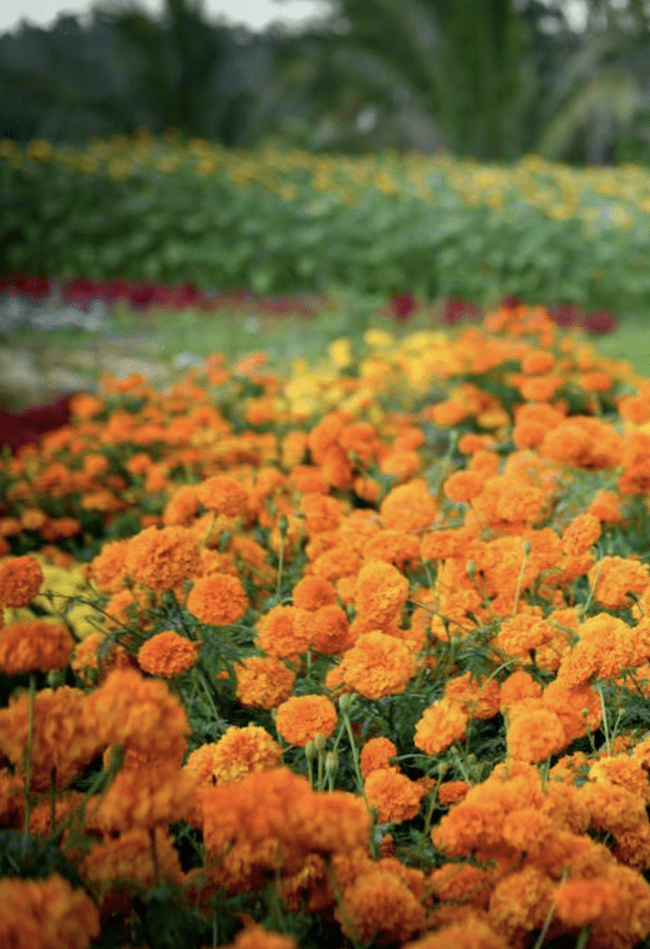
Blue Ternate
Blue ternate is also called butterfly pea flower. It is a perennial herbaceous plant, with elliptic, obtuse leaves. It grows as a vine, doing well in moist and neutral soil. Its most striking feature is the flowers with a vivid deep blue; solitary, with light yellow markings. One of the most eaten flowers during that three-day trip with the DOT was the blue ternate. We had it in form of juices, as a way to dye white rice, as an ingredient in salads, and even in a fresh spring roll.
According to Medicine Net, blue ternate has several health benefits for the brain, skin, hair, and more. It boosts brain health. With the levels of a chemical called acetylcholine, it remains essential to decrease age-associated memory loss and improve memory. Aside from that, it also inhibits the growth of cancer cells. Meanwhile, it has anti-inflammatory properties that can reduce body pain, migraine, and headaches.

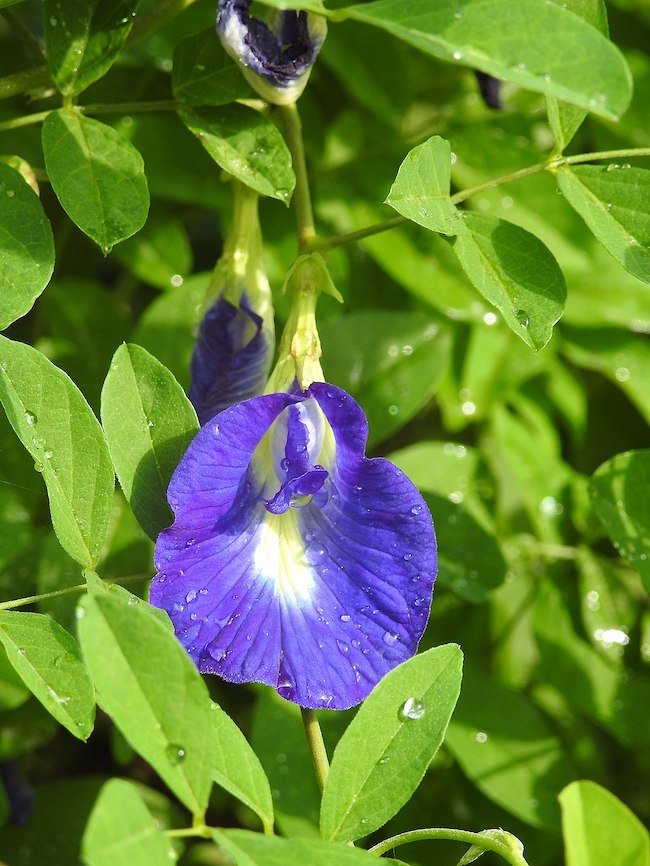
Sunflower
Sunflowers can do more than just add aesthetic appeal; in fact, they are an entirely edible plant. From root to leaf, sprout to stalk, you can also use sunflowers to make everything from salads to tea. The root of the sunchoke can be roasted, sliced thin and fried, shredded into a slaw, steamed, mashed with potatoes, marinated, or even chopped raw and added to salads.
The sprouts, on the other hand, have a taste similar to sunflower seeds. It is a slight nuttiness but with more of a fresh, plant-like flavor. It also adds an unexpected element to salads and sandwiches. Meanwhile, sunflower stalks are the lightest natural substance known to man. It can be a great snack, too.
The sunflower stalks also have a satisfying crunch and a celery-like taste. It can be added to a salad or eaten raw with hummus or peanut butter. Then, sunflower leaves can be used as greens for your salad. Cook it with spinach or even bake it like kale chips.
Sunflower petals, the most beautiful part of the flower, can make for pretty garnishes. It adds a dash of color and is unique with its bittersweet taste. Last but not the least, sunflower seeds can be eaten when the disk flowers on the back of the plant have turned from green to yellow. Often sold in stores, it would also be easy to make your own. You can eat them raw or soak them overnight in salt water. Then, roast them at a certain temperature for several hours.
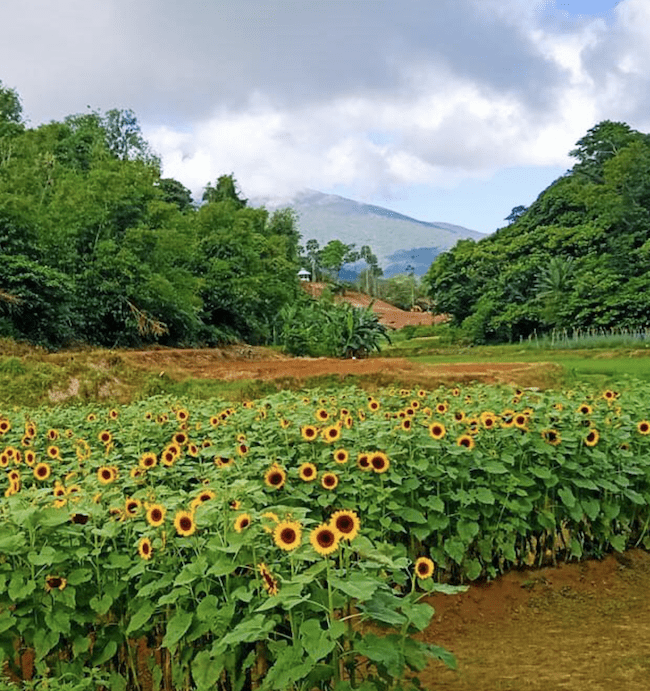
Cosmos
The cosmos plants are essential for many summer gardens. It reaches varying heights in many colors, adding frilly texture to the flower bed. Growing cosmos is simple and flower care is easy. When planting the cosmos flowers, locate them in soil that hasn’t been heavily amended. Hot dry conditions, along with poor to average soil, are optimum conditions for growing cosmos. Then, scatter seeds on a bare area in the location where you want them.
If you want something that adds zest to your garden as well as your meal, you can’t go wrong with cosmos caudatus and cosmos sulphreus. The plants bloom their heads off and create bright splashes of color. Meanwhile, the young leaves can be added to a salad or eaten. The caudatus has pale pink flowers. However, it is mostly grown for its leaves. The sulpherus, on the other hand, has flowers that will add zest to the meal.

Angelonia
Angelonia or summer snapdragon remains a spectacular addition for continuous color in any garden or greenhouse shelves. Its structure is rather versatile. Most plants grow upright with spires of flowers and deep green, glossy foliage. The leaves and flowers are edible. Anyone can use them as a showy plate garnish or jazz-up salads. It has anti-cancer and anti-inflammatory properties.
Sometimes, it grows upright. However, there are times it would grow horizontally instead of vertically. It also has different varieties and colors. Of course, this includes angelmist dark plum, angelmist lavender, angelmist purple stripe, serenita raspberry, serena white angelonia, and archangel purple.
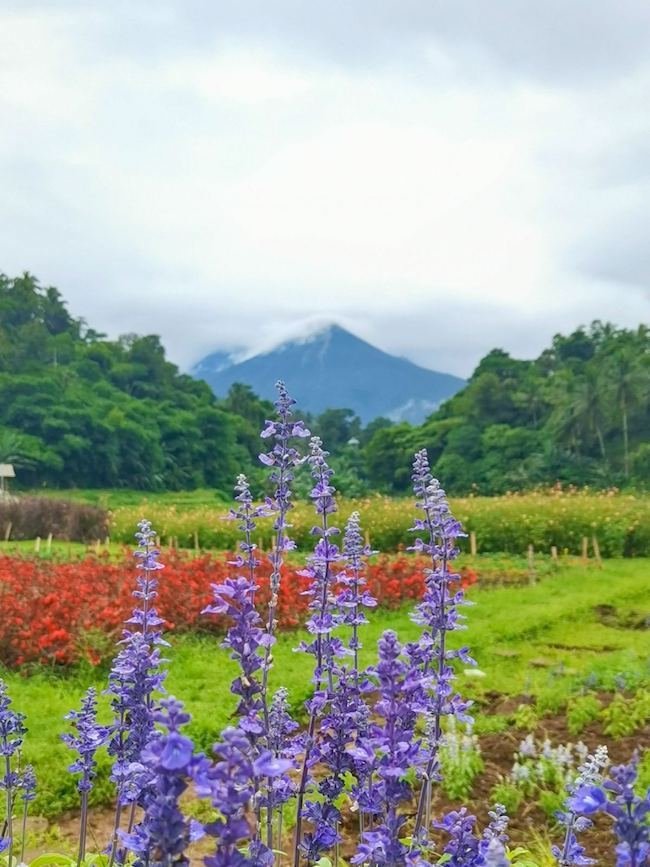
Begonia
Begonia is a herbaceous plant of warm climates. The flowers of which have brightly colored sepals but no petals. Numerous cultivars are grown for their flowers or striking foliage. You can use the petals of the tuberous begonia’s leaves and blossoms. The fleshy leaves and flowers are edible raw or cooked. They can have a slightly bitter aftertaste and if in water most of the time, a hint of a swamp in their flavor. Begonias also contain that overrated tart threat and oxalic acid. It has a few colors like red, pink, and white.

Viola
Aside from sunflowers, violas as one of the most recognizable edible flowers. It smiles away all year round ready to brighten up a winter salad here or a wedding cake there. The flavor is mild, kind of ‘green’, and lettuce-like. You can partner up with lots of other tastes, whether stronger or similar.
The violas add another lovely layer to creative dishes ranging from salads to desserts, floating beautifully on cocktails and mocktails. It adds a delightful crunch to dishes and drinks alike. You can even put it in water, freeze it, and use it as ice for your favorite drinks.

Pentas
Pentas plant has edible and medicinal uses. You can put it as a design for your cakes, When growing a garden, pentas can become a huge addition. It also has medicinal uses. In Ethiopia, pentas lanceolata leaves and roots are even used as an herbal treatment to treat lymphadenitis. It also treats diarrhea, especially when boiled and administered through the nose. The pentas plant can also treat snake bites. Fresh pentas lanceolata root can be crushed and mixed with water to drink. Sometimes, people just chew any fresh parts of the whole plant.
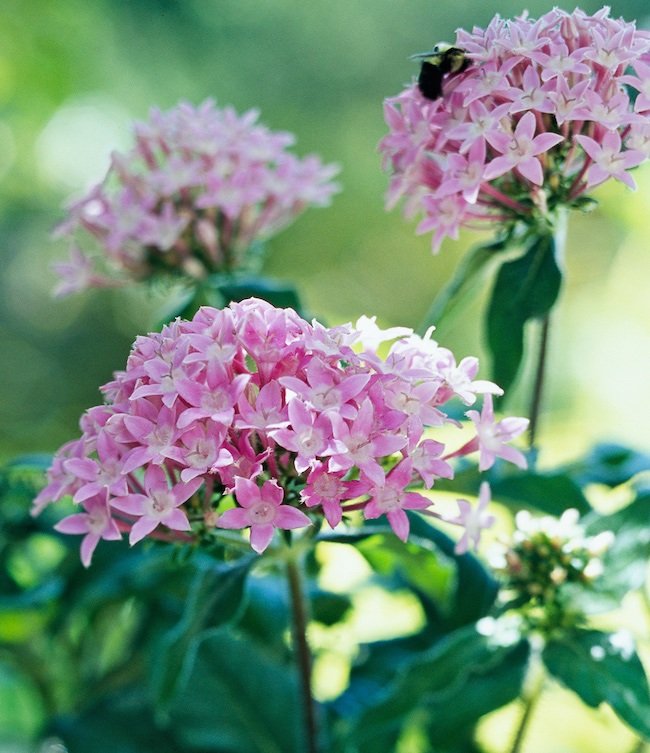
Red Sleeping Hibiscus
The red sleeping hibiscus is a shrub that looks like unopened hibiscus flowers. A spreading shrub from two to three meters high. Its stems are also even densely clothed in stellate hairs. The bright red flowers may never open but remain edible and sweet. Both flowers and leaves are edible both raw or cooked. You can pick flowers, pop off the calyx, and stick the white ends of the petals in your mouth for a sweet treat.
Loaded with antioxidants, the sleeping hibiscus can fight against harmful compounds in the body known as free radicals. Aside from that, it also helps lower blood pressure as it reduces both systolic and diastolic blood pressure. The edible flower can even boost liver health and aid in lowering blood fat content. And, for those trying to lose weight, sleeping hibiscus can assist in weight management.
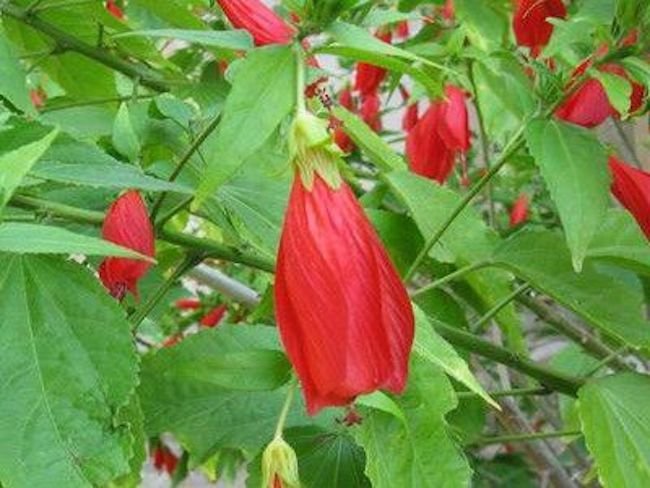
There are so many edible flowers that you can fight in Calabarzon, or even in every part of the Philippines. Just research more about it and get cooking!
Angela Grace P. Baltan has been writing professionally since 2017. She doesn’t hesitate to be opinionated in analyzing movies and television series. Aside from that, she has an affinity for writing anything under the sun. As a writer, she uses her articles to advocate for feminism, gender equality, the LGBTQIA+ community, and mental health among others.






